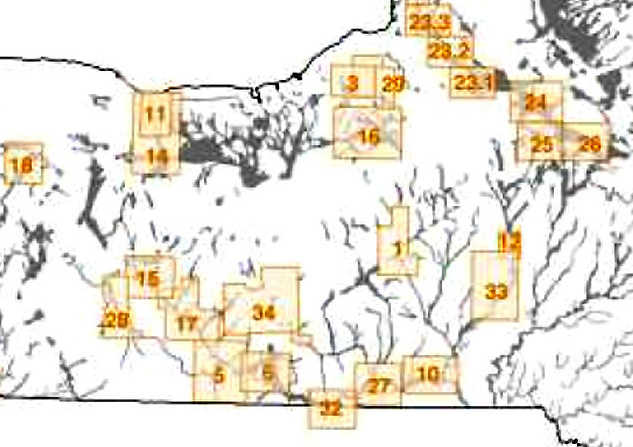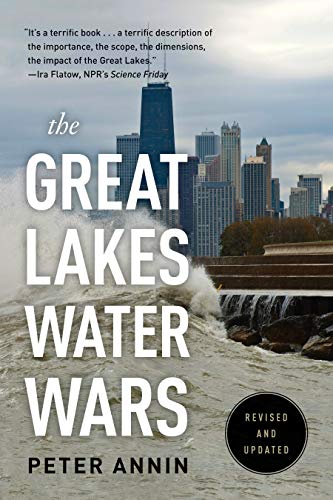
March 16, 2013Putting Local Aquifer Protections in PlaceA USGS report released this week on the hydrogeology of the aquifer system in the Susquehanna River Valley in parts of Broome and Chenango Counties, New York highlights the role of aquifer protection in the context of gas drilling impacts. In the section, "Considerations for Aquifer Protection," the report states:
In the press release accompanying the report, the author of the report, USGS scientist Paul Heisig, states,"This study is intended to put basic facts into the hands of those tasked with making decisions on future groundwater use and protection. We have identified and mapped a variety of aquifer types and described their current use and their potential as groundwater sources." Local officials and concerned citizens in the study area now have excellent information to assist efforts to put appropriate aquifer protections in place. Because the study area is located in an area that is likely to be the target of some of the first high volume horizontal hydrofracking (HVHF) activity in New York if HVHF is allowed to go forward in the state, if local aquifer protections are sought in the area, such efforts should be initiated quickly. The report and accompanying maps are among the most detailed and comprehensive reports and maps yet produced in the ongoing effort of USGS and the DEC to issue detailed maps of New York's aquifers. The report fills a gap in that effort. The report maps the section of the Susquehanna River Valley shown between sections 10 and 33 on the map below of the detailed reports produced so far. Another report recently released by USGS on the Cayuta Creek and Catatonk Creek valley aquifers, fills the gap above sections 32 and 27 on the map below. One of the most important aspects of the newly released Susquehanna River valley aquifer report is the detailed consideration given to the upland areas of the watershed and the fractured bedrock aquifers in those upland areas. The report points out the close connections between the uplands and the valley aquifers:
While a number of communities in New York have put aquifer protection strategies in place, many more communities are becoming aware of the need to do so and are looking at protection options. I spoke about watershed protection options recently at a program in Elmira on Feb. 22, 2013, and am scheduled to speak again on the topic at a program in Candor on March 27, 2013. Some of the options I discussed were zoning to create aquifer protection districts, establishing critical environmental areas under the State Environmental Quality Review Act regulations, obtaining sole source aquifer status from the federal EPA, establishing municipal compacts and setting up watershed protection associations. Slides and notes from my presentation in Elmira are posted on my law office website. Posted by Rachel Treichler at 03/16/13 12:30 PM
Copyright 2021, Rachel Treichler
|
|







